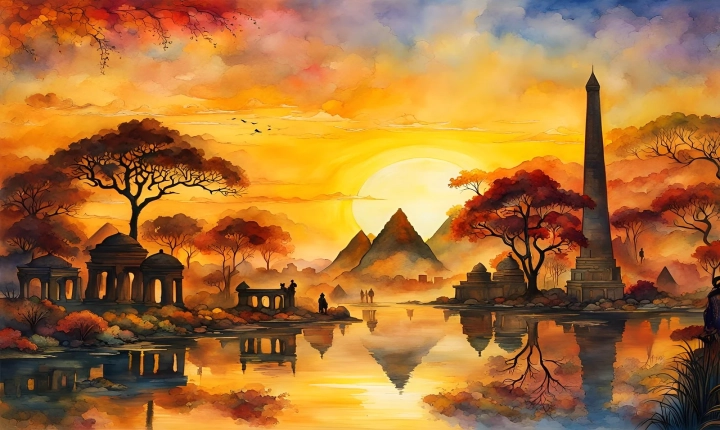Title: Harnessing the Power of AI to Create Stunning Images
Artificial intelligence (AI) has been making significant strides in the realm of image generation, transforming the way we create and perceive visual content. With the advancement of deep learning algorithms and neural networks, AI has emerged as a powerful tool for generating images that rival those produced by human artists. In this article, we’ll explore the various techniques and tools available for harnessing AI to create compelling and visually striking images.
1. Generative Adversarial Networks (GANs)
One of the most popular techniques for AI image generation is through the use of Generative Adversarial Networks (GANs). GANs consist of two neural networks – a generator and a discriminator – that work in tandem to produce realistic images. The generator creates images from random noise, while the discriminator evaluates these images and provides feedback to the generator. Through this adversarial process, GANs are able to produce high-quality images that are indistinguishable from those created by humans.
2. Style Transfer
Another exciting application of AI in image creation is style transfer, which involves the use of neural networks to merge the style of one image with the content of another. By leveraging convolutional neural networks (CNNs), AI algorithms can extract the style and content features of two separate images and combine them to produce visually striking compositions. Style transfer has been used in various artistic applications, allowing users to generate unique and captivating images by blending different visual styles.
3. Deep Dream
Deep Dream is a fascinating AI technique that uses neural networks to enhance and modify images in surreal and psychedelic ways. By utilizing the patterns and features learned by deep learning models, Deep Dream can generate intricate and hallucinatory images that captivate the imagination. This technology has been embraced by artists and photographers as a means of producing visually stunning and surreal artworks through AI-driven image manipulation.
4. Image Super-Resolution
AI-powered image super-resolution techniques have revolutionized the process of enhancing image quality and resolution. Through the use of deep learning models, AI algorithms are capable of upscaling low-resolution images to produce high-quality, detailed, and realistic visuals. This has massive implications for various industries, including photography, medical imaging, and satellite imagery, where the ability to enhance image resolution can significantly improve the quality of visual content.
5. Automated Art Generation
AI has also been leveraged to automate the creative process of generating artistic content. Using deep learning models, AI algorithms can learn from vast amounts of artistic data and create original works of art, ranging from paintings to digital illustrations. This approach has enabled the creation of AI-generated art that challenges traditional notions of creativity and artistic expression, blurring the line between human and machine-generated content.
In conclusion, the integration of AI in image creation has opened up new frontiers in visual arts, offering a plethora of innovative techniques and tools for generating captivating and visually stunning images. Whether it’s through the use of GANs, style transfer, deep dream, image super-resolution, or automated art generation, AI has proven to be a game-changer in redefining the creative process. As AI continues to evolve, we can expect even more groundbreaking advancements in image generation, pushing the boundaries of what is possible in the realm of visual content creation.
